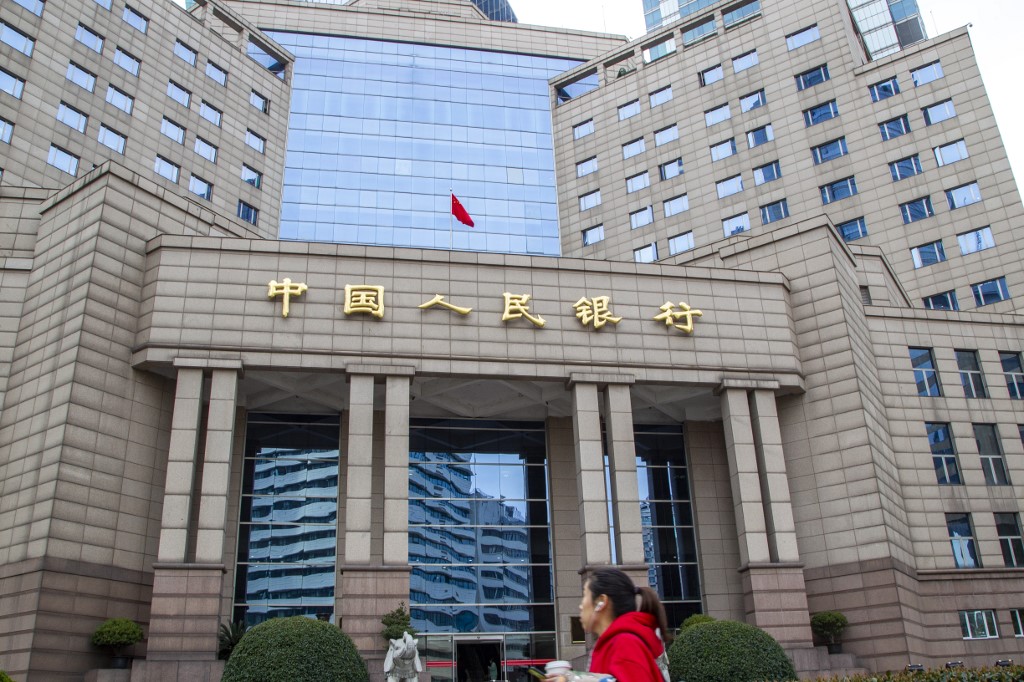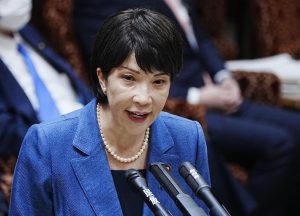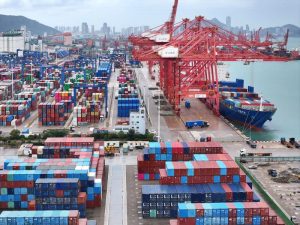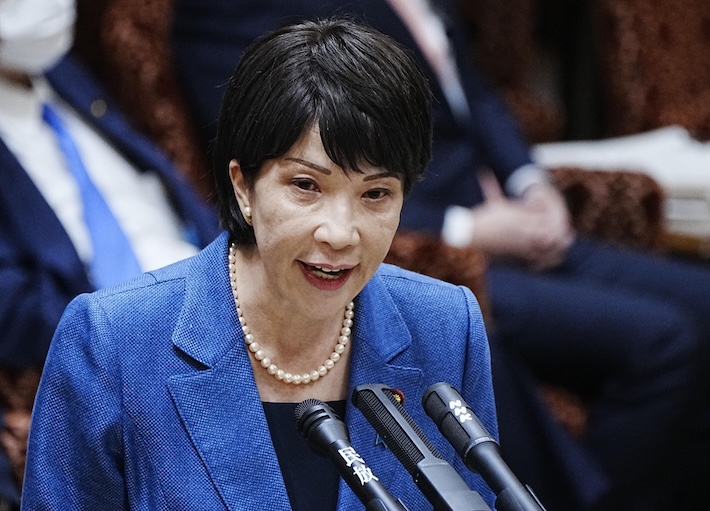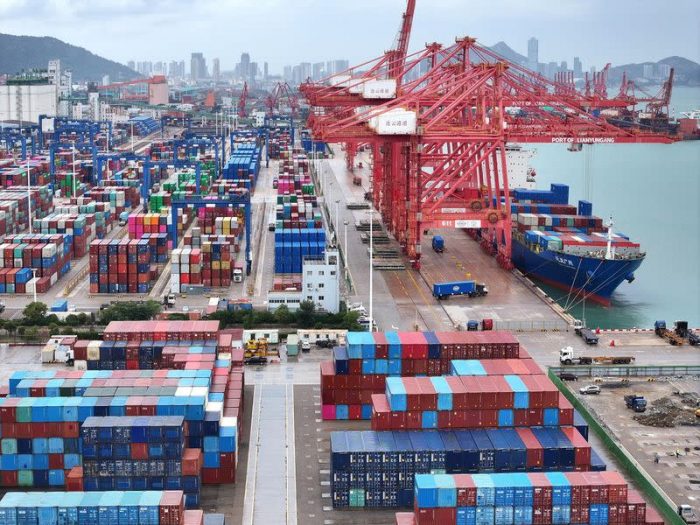(ATF) The global economy has been hammered by the Covid-19 pandemic, resulting in a large amount of bad debts in banks and investment markets. Although China has largely controlled its outbreaks and is now in recovery, the country still has to clear its accumulated bad debts.
China has entered a counter-cyclical period for transactions involving non-performing assets. Its economy is also undergoing economic reform, which should encourage the clearance of non-performing loans. This has attracted attention from foreign businesses.
Over the past decade, there was a surge of outstanding non-performing loans in China’s commercial banks. At the end of 2019, these NPLs reached 2.41 trillion yuan (US$337.5 billion).
According to the China Banking and Insurance Regulatory Commission, outstanding NPLs in Chinese financial institutions amounted to 3.3 trillion yuan at the end of February 2020, while the average non-performing loan ratio was 2.08%, up 0.05 percentage points from January and the highest in the past decade.
Good opportunity
The global banking industry faces a huge challenge as many countries have suffered an economic downturn due to the pandemic. On April 3, the First State Bank in West Virginia officially declared bankruptcy and became the first victim in the banking sector amid the Covid-19 outbreak.
According to Moody’s, the default rate of global bonds will reach 6.5% if the global economy can recover rapidly after a relatively short period of lockdown. If there is a more serious recession (eg. economic shocks continue in the second half), the default rate may exceed 18%, which was the level of the financial crisis in 2008.
The CBIRC has said Chinese commercial banks disposed of about 450 billion yuan of bad loans in the first quarter of this year, up 81 billion yuan from the same period last year.
The scale of NPLs in China has expanded as the ratio was pushed by a rising default rate. China’s non-performing asset market is one of the largest in Asia, along with Japan.
ALSO SEE: China finance sheriff warns banks not to cause ‘chaos’
With China seeming to have controlled the epidemic and resuming industrial production and business in many areas, its financial markets seem stable. The large amount of “bad debts” in the Chinese market has attracted foreign interest.
Local policies have also been relaxed to encouraged foreign investment. In January, China and the United States signed a trade agreement that allows foreign businesses to directly apply for asset management corporations (AMC) licenses.
In July 2019, the CBIRC launched seven new policies to facilitate the entry of foreign entities in China’s capital markets. Foreign institutions are now allowed to obtain type-A lead underwriting licenses in the interbank bond market, for example.
Diversification
In the past, China’s primary non-performing asset market was dominated by four major AMCs. Having more and more players in the market is a new trend due to the rise of non-performing assets across the country.
In recent years, a new cycle in the non-performing asset market has commenced. The original four AMC had a monopoly on this business, but that has gradually changed to a “4+2+banks+N” situation, which can help handle different kinds of non-performing assets more effectively. It is also seen as a market-driven environment that increases orderly competition in the market.
The demand by local banks to dispose of bad loans is growing. In order to accelerate the process, the Chinese government launched many supporting measures to promote non-performing assets to more market players, especially those with strong investment ability and high quality management. These are the so-called “N” players in the market.
On June 11, NWS Holdings, a unit of New World Development (0017), said it has filed to apply for a license from the CBIRC to set up its asset management businesses in Southern China’s Hainan province. If approved, the company’s AMC unit in Hainan will become the first one fully-owned by a Hong Kong company in China.
Due to the opening-up of China’s non-performing asset markets and rising interest from abroad, some believe competition for non-performing assets will intensify. Local investors can also share in the pickup of these assets if they can make good use of foreign peers’ technologies and management systems.
This report, By Nadeem Xu Ruan Qian, was first published at ATimesCN.com




